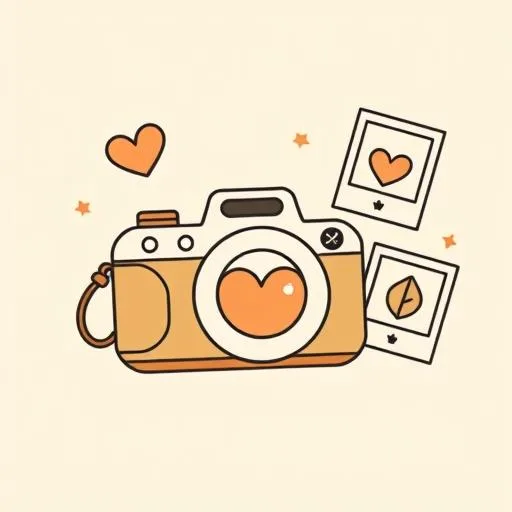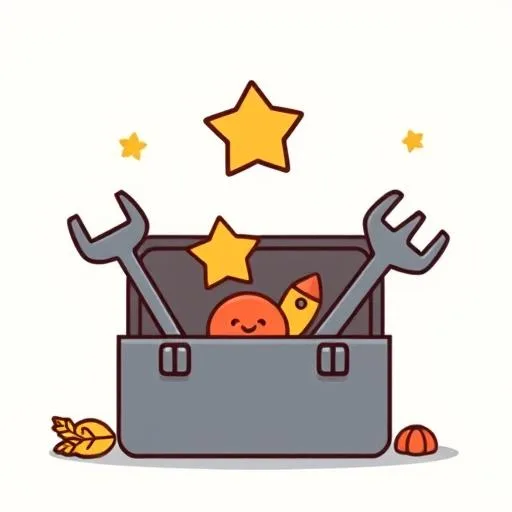
Have you ever taken a hundred photos of your kid just to capture that ONE perfect shot? That fleeting, heart-explodingly joyful moment? (Okay, maybe that’s a little dramatic…) I know I have! So when I heard about Google’s new AI image editor, nicknamed ‘Nano Bananas,’ my mind just went wild with possibilities. Imagine adding a touch of fairytale magic to an ordinary Tuesday afternoon photo! I jumped in, ready for an adventure, and what I found was… well, it was a mix of pure awesome and some seriously head-scratching moments that got me thinking about what we’re really trying to capture with AI photo editing.
The First Spark of ‘Whoa, That’s AMAZING!’

Okay, picture this: it’s one of those glorious, clear-sky afternoons. The sun is warm, and my seven-year-old is conquering the playground climbing frame like it’s her own personal Everest. She gets to the top, arms raised in victory, and shouts, “Daddy, what if a friendly purple dragon was flying right by me?!” My heart just melts. We snap a picture of her triumphant pose, and later, we decide to put ‘Nano Bananas’ to the test. We type in “a friendly purple dragon flying in the sky,” and BAM! It was absolutely incredible! The tool is, as the reports say, spookily good at adding new things. The dragon wasn’t just slapped on; it was blended into the sky, with the light hitting it just right. The look on my daughter’s face was pure, undiluted joy. For a moment, it felt like we were actual magicians, bringing her imagination to life. It was a powerful reminder of how these AI photo editing tools can be an unbelievable launchpad for creativity and fun!
When the Magic Trick Starts to Falter

But then, the magic started to wear off. We tried a few more edits, just for fun. Let’s make the slide into a rainbow! Let’s put a silly hat on me! And that’s when we noticed the little hiccups. The news reports weren’t kidding when they mentioned the slipups. The biggest thing for me was the resolution. The original photo, taken with a great phone camera, was crisp and full of detail—every little strand of my daughter’s hair, the texture of the climbing rope. But after a few edits, the image started to look… soft. Smudged. As one article noted, those fine details were often lost. And after multiple edits, the quality just kept degrading. It felt like we were trading the beautiful reality of the moment for a fuzzy, artificial version. It was fun, sure, but that sharp, vivid memory of her triumphant smile was getting lost in the process. The tool seemed more focused on generating wild new elements than on tweaking or preserving the beautiful photo we already had.
A Deeper Look: The ‘Copy of a Copy’ Conundrum

This whole experience sent my mind spinning. It wasn’t just about a quirky photo app; it pointed to something much bigger. It reminded me of some fascinating research I’d stumbled upon. One study talks about a phenomenon called ‘model collapse,’ where AI models trained on other AI-generated content can develop tiny flaws that pile up over time. It’s like making a photocopy of a photocopy—each version gets a little less clear, a little more distorted, until the original is unrecognizable. Another piece of research highlights ‘the gradual fading of AI quality over time,’ showing how AI models can simply get worse over time, even with stable data, just because of the time passed since they were trained (as this study explains). Seeing our photos get fuzzier with each edit felt like a real-time example of this! It’s a powerful, tangible reminder that the original, authentic source—the real moment, the real smile, the real memory—holds a special kind of value that can’t be perfectly replicated. It’s a bit of food for thought, isn’t it? In our rush to enhance and perfect, we risk losing the very essence of what we’re trying to save with AI photo editing. Like our edited dragon looked great at first, but got fuzzier every time we changed it!
Our New Family Rule: Tools for Storytelling, Not for ‘Fixing’

So, have we sworn off ‘Nano Bananas’ forever? Absolutely not! But we’ve given it a new job in our family. Instead of using it to chase an impossible ‘perfect’ photo, we now use it as a wild, unpredictable storytelling machine. It’s become a fantastic catalyst for collaborative fun! The other day, we took a simple picture of her Lego creation and used the tool to build a whole universe around it. We added goofy aliens, swirling galaxies, and a spaceship made of cheese (her idea, obviously!). The smeared edges and weird glitches didn’t matter because they just became part of our silly story. The goal wasn’t a flawless image for a photo album; it was the shared laughter and the crazy narrative we built together. It’s about using technology not as a rubber stamp wiping away flaws, but as a magic crayon painting dreams. It’s one more tool in our play chest, right alongside the paintbrushes and building blocks.
Embracing the Beautifully Imperfect Picture
At the end of the day, looking back at the photos on my phone, the ones that truly make my heart sing aren’t the AI-edited fantasies. They’re the real ones. The slightly soft-focus action shot where she’s running so fast she’s just a streak of pure energy. The one with the chocolate ice cream smudge on her cheek. The photo of us at the park, with the slightly overexposed sky, where her triumphant, gap-toothed smile is the sharpest thing in the frame. These new tools are a blast to play with, and they open up incredible avenues for creativity. But they also throw into sharp relief what’s truly irreplaceable. The real magic isn’t in a perfectly generated dragon; it’s in the messy, chaotic, breathtakingly beautiful moment that inspired the idea in the first place. And that’s a picture no technology can ever truly replicate or improve upon. That’s the question that keeps popping back up each time I touch up a picture.
Source: I Tried Gemini’s ‘Nano Bananas’ for Image Editing. The AI Slipups Were Obvious, CNET, 2025/09/07 12:28:02
